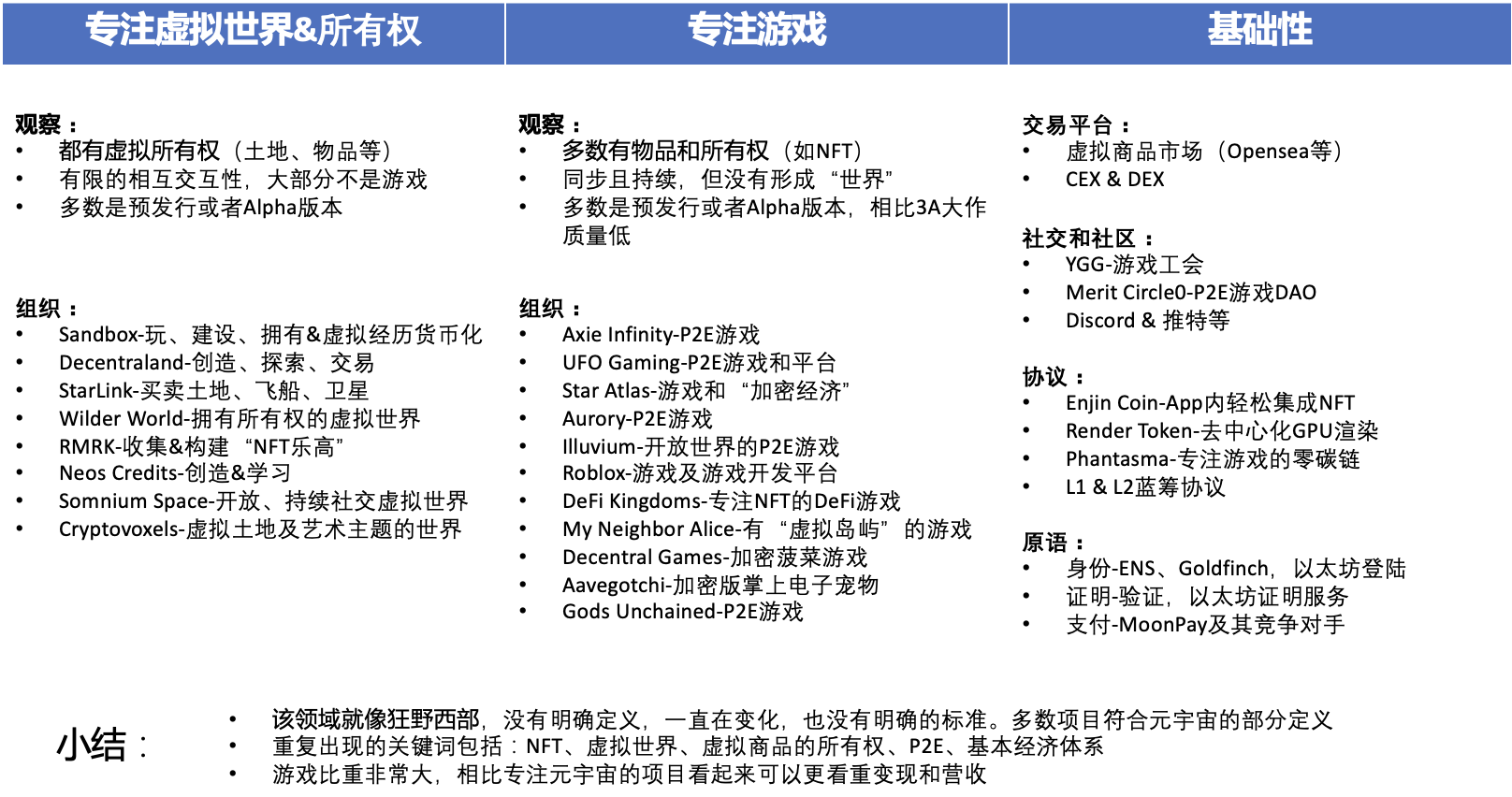Internal Sharing Exposure: How does Coinbase view the Metaverse?
Author: Brian Armstrong/Alex Reeve
Recently, everyone has been talking about the metaverse.
Early-stage metaverse platforms are selling virtual land for millions of dollars, and billions of dollars in funding are pouring into metaverse startups. Mark Zuckerberg recently even renamed Facebook to Meta to emphasize its focus on building the metaverse.
The term "metaverse" was not created recently. The writer Neal Stephenson first coined the term in his 1992 novel "Snow Crash." However, with advancements in technology and the increasing amount of time we spend online, more and more people are starting to think about what comes next—and how the future will fundamentally change the digital and physical worlds.
Recently, our team compiled an internal report on the metaverse, which includes who is developing the metaverse and how cryptocurrency will help realize it. I think this internal sharing was well done, so I’m here to share the content of that presentation.
Defining the Metaverse
At Coinbase, our idea of the Metaverse is heavily influenced by venture capitalist and writer Matthew Ball (you can find his work here). Like Matt, we define the Metaverse as:
The future of the internet: a massive, persistent, interactive, and interoperable real-time platform composed of interconnected virtual worlds where people can socialize, work, trade, entertain, and create.
The earliest version of the internet, Web1, was about accessing static web pages, Web2 was about interactive social experiences in closed ecosystems, and Web3 will be about digital ownership in open and decentralized environments.
Web3 will evolve into the metaverse. In its most complete form, the metaverse will be a series of decentralized, interconnected virtual worlds with fully functional economic systems where people can do anything they can do in the physical world.
Importantly, the metaverse is not a game (games are just one activity you can engage in within the metaverse), not virtual reality (VR is just one way to interact with the metaverse), and not Web3 (Web3 is just an early form of the metaverse).
Below, we will apply the definition of the metaverse to real-world examples.

Elements of the Metaverse
While a complete metaverse is still far from us, it will be built on the foundations we are currently creating.

The "stack" of a hypothetical future metaverse
Like today’s internet, the metaverse will rely on hardware and infrastructure, tools, standards, and regulatory frameworks—most of which are not yet fully formed.
But unlike today’s internet, there will not be just one metaverse. There will be many metaverses that are interconnected. This is why any metaverse must be trustless (meaning people can interact directly without intermediaries) and permissionless (meaning anyone can participate without authorization from governing bodies).
To achieve this, the metaverse will rely on blockchain to transfer identity and ownership between virtual worlds, verify them through proofs, and establish payment channels that allow people to buy, sell, and earn income in a decentralized economy.
Who is Currently Creating the Metaverse?
While we cannot yet build anything close to a complete metaverse, different companies and organizations are experimenting with its various elements. Most belong to one of the following three categories:


The metaverse ecosystem is still in its infancy: emerging but not yet defined. This is part of its allure. Right now, people are very focused on gaming, primarily because it is easy to monetize. But we are about to start seeing what the future might look like.
Identity
Identity determines who you are, what you can access and do, and how you are represented in the metaverse.
In the metaverse, our identity must include simple logins, unique IDs, avatars that represent us, metadata that follows us, and proofs so we can verify who we are. This is the current stage of development for each component:

Coinbase's Role
At Coinbase, we want to integrate all the identity elements together—essentially creating an identity gateway into the metaverse.
This is the idea behind our collaboration with ENS. ENS can create a unique username NFT that resolves to a wallet. Ultimately, this will allow users to carry a unique ID across different worlds in the metaverse.
We are also committed to developing related technologies that enable users to purchase avatars, define and maintain their profiles, and build trust. We are developing features like logging in with [Eth/Coinbase], which will allow users to log into every application in the metaverse.
Conclusion
Ultimately, this is not about expanding our business or making a profit, but about building a key part of the metaverse ecosystem and helping cryptocurrency develop in the right way.
We know the metaverse will exist, and we know it will be a series of interconnected virtual worlds. Our goal is to make it easy for anyone to establish their identity and access these worlds in a simple, trustworthy, and decentralized manner.
If we succeed, it will allow the metaverse to reach its full potential—and maintain its free nature, open to everyone.









